
14-Year-Old Boy Discovers War Treasure in Two Old Milk Cans
During a vacation with his family in Poland, 14-year-old Patryk Lessman stumbled upon something unexpected. Buried on the shore of Lake Jeziorak, Patryk came across old milk cans.

Apparently, the cans had been buried until recently. As he carefully opened the containers, he quickly noticed that there was no milk inside. Instead, it was a piece of history that had been lost for decades.
Two Milk Cans on the Beach
It was a beautiful sunny day, perfect for a walk along the lake. After the family had been walking for about an hour, Patryk spotted a glimmer in the sand, a few hundred meters ahead.

As he approached, Patryk could see what it was - two old milk cans. Something that was definitely out of place in the wilderness they were hiking through. Curiosity overwhelmed the teenager, and he decided to open the milk cans. He had expected many things, but not what was inside the cans!
What was in the Cans?
The two milk cans contained neither milk nor algae from the lake. Instead, they held relics from history that had long been forgotten. Inside the milk cans, Patryk discovered artifacts.
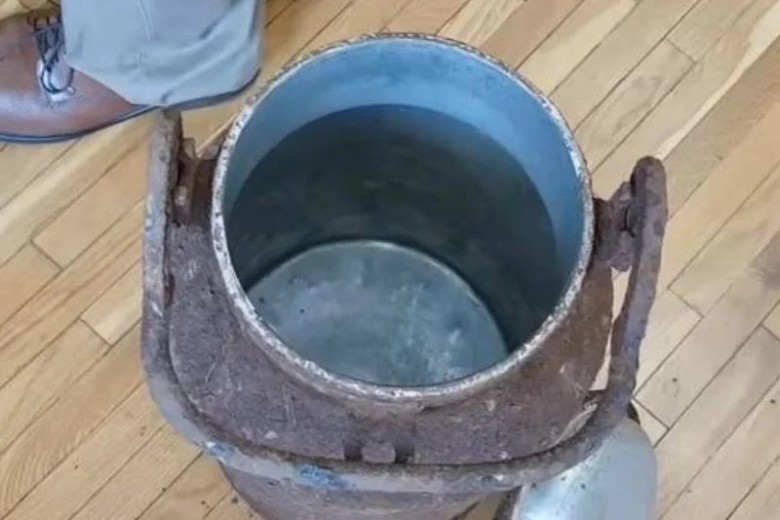
Patryk couldn't immediately determine the age of the artifacts. It would take some time to find out. For now, he and his parents decided to inform the Polish authorities.
Authorities Got Involved
When the Polish authorities sent a police patrol to the site with the two milk cans, they couldn't make much of it. After all, they were police officers, not historians, and saw the find as more unwanted work than valuable artifacts.

Nevertheless, they followed instructions and took the milk cans with their contents to their police station. There, they called in some archaeologists to conduct further research. Little did anyone know this was the beginning of an investigation that would last over a year.
Everything Originated from World War II
A year might sound like a long time for someone to go through the contents of a milk can. But there were hundreds of artifacts to catalog, clean, and photograph.

Among the items were a diary from World War II, family jewelry, a very old toothbrush, a pocket watch, and most impressively, a Wehrmacht officer's uniform.
Who Did the Cans Belong To?
It took fourteen months for the experts to finally determine who the two milk cans with all the small items belonged to and how they ended up on the shore of a lake.

After over a year, the archaeologists ultimately concluded that the contents belonged to Hans Graf Joachim von Finckenstein, a former landowner in the area.
The items were over 70 years old
Count Hans Joachim von Finckenstein was a Prussian aristocrat who lived in the manor house on Lake Jeziorak until 1945. The items found by Patryk were over 70 years old and dated back to World War II!

Patryk was fascinated to have made such a historically valuable discovery. But that's not all. Patryk would soon learn why the Count had decided to bury his family's belongings.
Why Were the Items Buried?
Archaeologists are sure why Count Finckenstein buried his family heirlooms years ago. It all had to do with the Red Army, the army of the Soviet Workers' and Peasants' Movement.

After 1922, they were the infantry and aviators of the Russian Socialist Federative Soviet Republic and the Union of Soviet Socialist Republics, during World War II the opponents of the Nazis.
The Family Sent Their Daughters Away
The working theory was that before the Red Army arrived at their estate in Poland, Finckenstein and his wife sent their two daughters away to live with their family in Pomerania, the region that Poland shared with Germany on the southern coast of the Baltic Sea.

Just as in 2022 there are harrowing reports of what Russian soldiers are doing to the civilian population in Ukraine, there were already reports of atrocities in 1922. The parents wanted to keep their children safe.
The Countess Emigrated to Germany in 1945
It didn't take long for Count Finckenstein to be arrested by Soviet soldiers. It was 1945. He passed away shortly after, and the countess had to work for the Russians alongside other women for several months, nearly exhausted.

After countless months, almost at the end of her strength, the countess was allowed to leave the estate in 1945. She made her way to Germany to reunite with her daughters.
The Valuables Were Hidden by the Countess
Archaeologists believe that it was actually the countess, not the count himself, who hid the family heirlooms in the two milk cans in the 1940s and buried them.

In a statement by researcher Michal Mlotek, he said, "You can assume these were things that could be reused after their recovery, most of them also had a sentimental value, so they were in a way a family treasure."
A Lot of Correspondence
During an interview with a Polish news site, researcher Michal Mlotek discussed some of the letters and the diary. He said, "They are very rich correspondences and diaries that Hans Joachim von Finckenstein kept from 1914 to 1919."

"It is material with enormous historical significance. We have also piqued our interest in two other documents because they are written in Cyrillic and dated January 26 and February 3, 1945."
Even Letters from Soviet Soldiers Were Found
Surprisingly, one of the letters found in the milk can was written by a Soviet officer, informing anyone entering the house that the residents should be spared.

The letter read, "Comrades and soldiers, please do not harm the inhabitants of this house. They welcomed us." Another letter was signed "on behalf of the front commander."
Postcards, Letters, Notes, and More
While some of the findings were listed above, among the other items that potentially held sentimental value or just value in general were banknotes, silver spoons, a family album, letters, postcards, and a selection of notes.

It seemed to the archaeologists that the countess believed she would return to retrieve her belongings. But that never happened. The Nazis lost the war in 1945, and the countess passed away in Germany a few years later.
A Very Influential Family
It turned out that the Finckenstein family was a very influential family at that time. According to Science in Poland, the Finckensteins were "one of the most influential noble families in Prussia."

"Their ancestors probably came to these lands from the Duchy of Carinthia at the beginning of the 14th century, along with other knights who militarily supported the Teutonic Order."
Why Did the Red Army Set Up Camp Right There?
Members of the Finckenstein family held important military functions over centuries. This is most likely what led the Red Army to their door.

Their influence and over 34,000 acres of land were the perfect place to set up camp. Additionally, the family's cattle and other livestock were at their disposal.
The Last Living Heir
In their research, the researchers also reached out to the noble family. It turned out there was only one living descendant left. So they invited the then 81-year-old daughter of Count von Finckenstein, Waldtraut von Finckenstein, for a conversation.

She shared her story and recounted that she and her sister were indeed sent away from the manor house, never saw their father again, and were reunited with their mother some time later.
The Artifacts Were Brought Home by Her
Many of the artifacts were handed over to Waldtraut, the last living heir of the Finckenstein family. She was very grateful to have the letters, family jewelry, and photo album back in her possession.
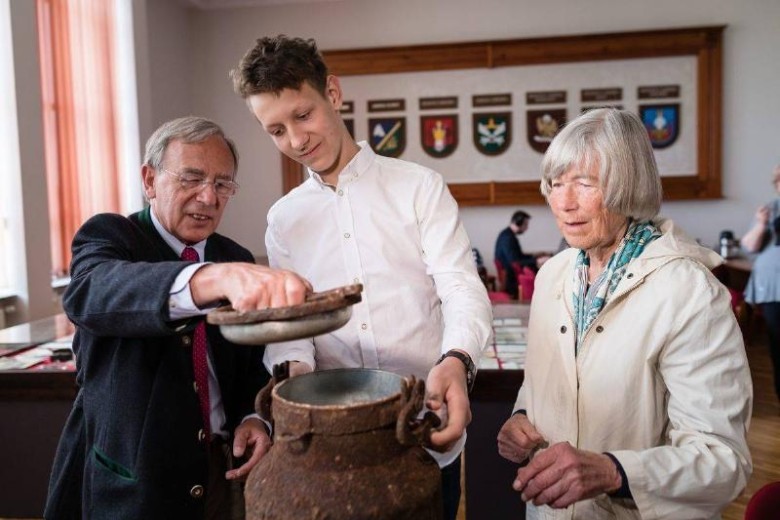
She had no knowledge of whom the military uniform belonged to or how it ended up in the milk can with the other items. Perhaps it had been planned as a disguise for emergencies.
Some Items Were Handed Over to the State
The uniform may remain a mystery, although East Prussia was a German province during World War II. Banknotes and coins became the property of the Polish state treasury.

While they no longer had any material value, Reichsmarks had become worthless due to inflation. Fortunately, the Ministry of Finance decided to share these tiny pieces of history with others and exhibit them in a museum.
Research Team Returns to Learn More
The archaeology team was not done yet. After realizing that what Patryk found were long-lost relics from World War II, they returned to the lake to conduct further excavation and metal detecting work.
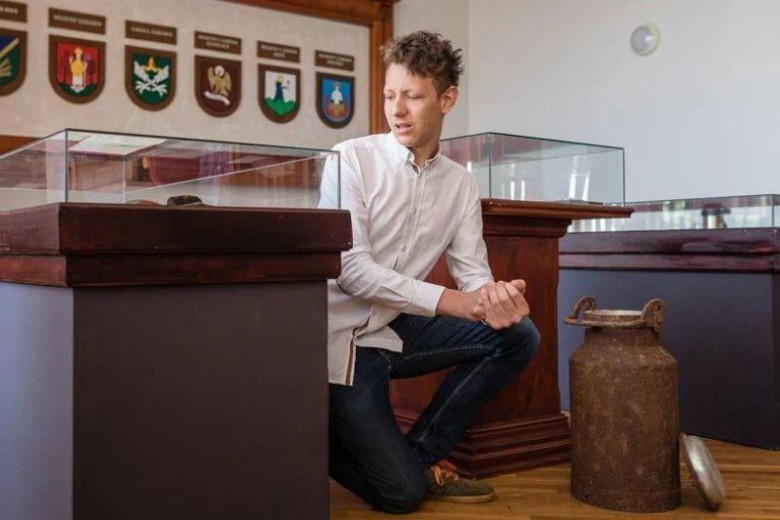
Eventually, they found a battle axe from the Middle Ages and more relics from a medieval fortified settlement. Unfortunately, no further details about the count's life were unearthed.












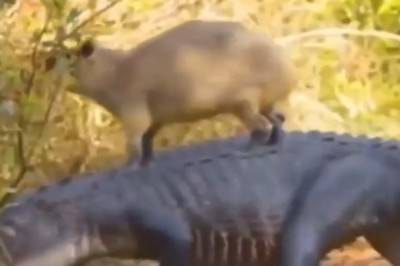





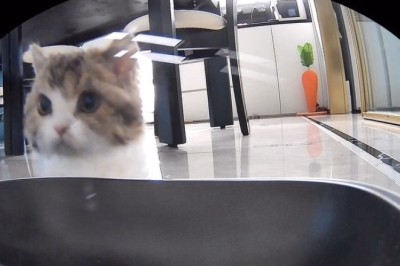

Comments
0 comment